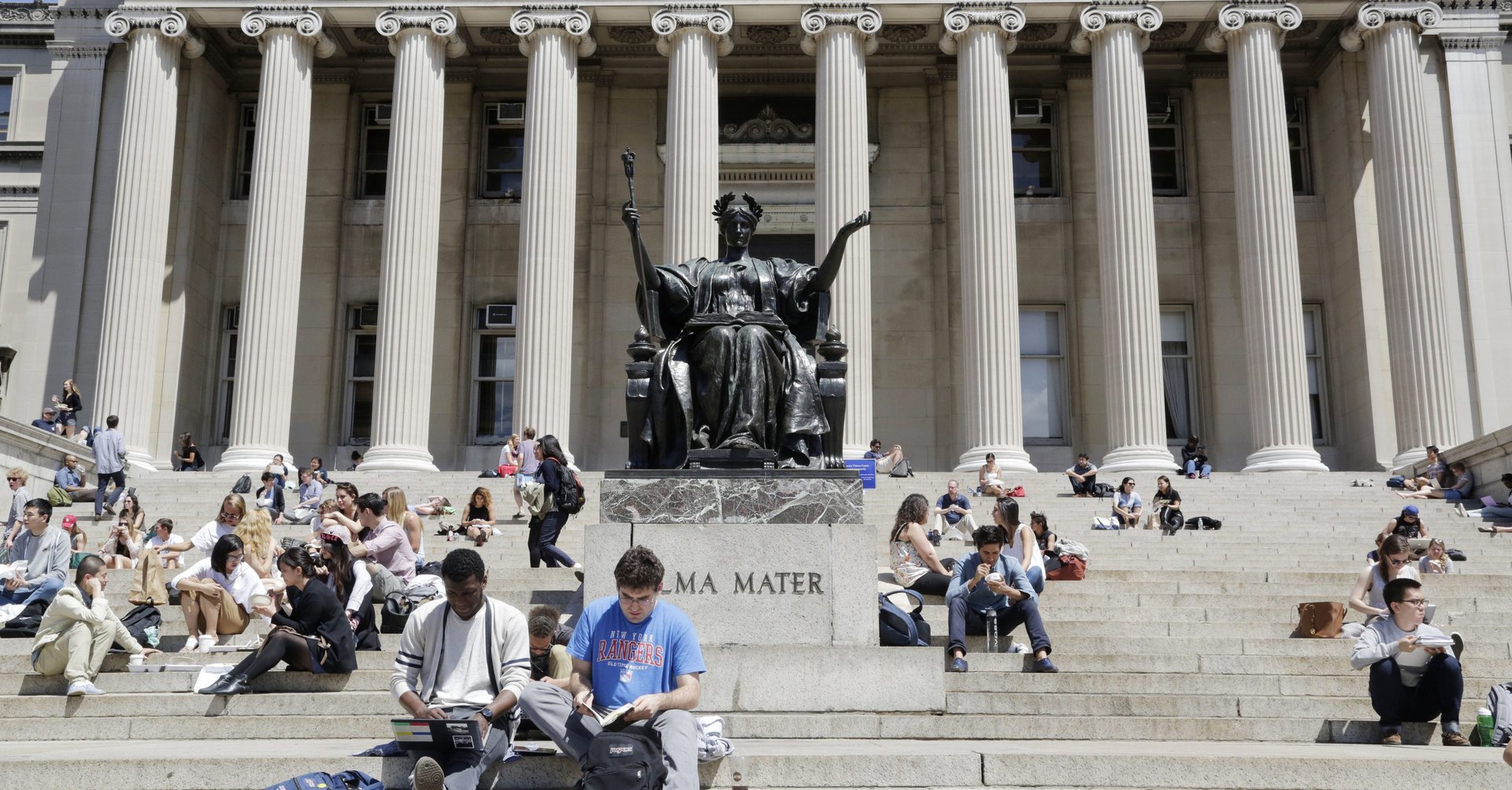To put their grandkids through college, Americans over 60 now have $67 billion in student debt
It’s no secret that Americans carry an enormous amount of student debt: $1.3 trillion in total, owed by 44 million borrowers.


It’s no secret that Americans carry an enormous amount of student debt: $1.3 trillion in total, owed by 44 million borrowers.
Less well known is that many debtors aren’t borrowing for themselves, but for their children and grandchildren, and the number of Americans over 60 with student debt is soaring.
According to a new report from the Consumer Financial Protection Bureau, borrowers over 60 have $66.7 billion in student loan debt. The number of debtors over 60 has quadrupled in a decade—to 2.8 million in 2015 from 700,000 in 2005—making them the fastest growing age segment with student debt. While some of it was borrowed for their own education, more than two-thirds of the debt is owed for children or grandchildren.
The rising levels of debt for borrowers of all ages matches the soaring increases in tuition. The average annual tuition at four-year institutions nearly doubled from 2000 to 2014, to $24,706, and while tuition at private universities is much higher ($36,589), the biggest increases have come at public universities, as state legislatures have withheld tax dollars from higher education. Those sums don’t include room, board, books or activity fees.
While the average debt load for older borrowers is lower—$23,000, compared with $37,172 for the average 2016 college graduate—their ability to pay off the debt is often less certain. Debtors over 65 had twice the default rate of those under 50, and in some cases, the government will withhold social security checks for senior debtors in default.
Borrowers over 60 also have less saved for their own retirement, compared to those their age with no student debt, according to the report, and will face greater financial uncertainty as they age.
One solution may be for older borrowers to take advantage of new programs to help forgive student debt for borrowers working in public service or with low income. A senior dependent on social security may not have to make payments at all.